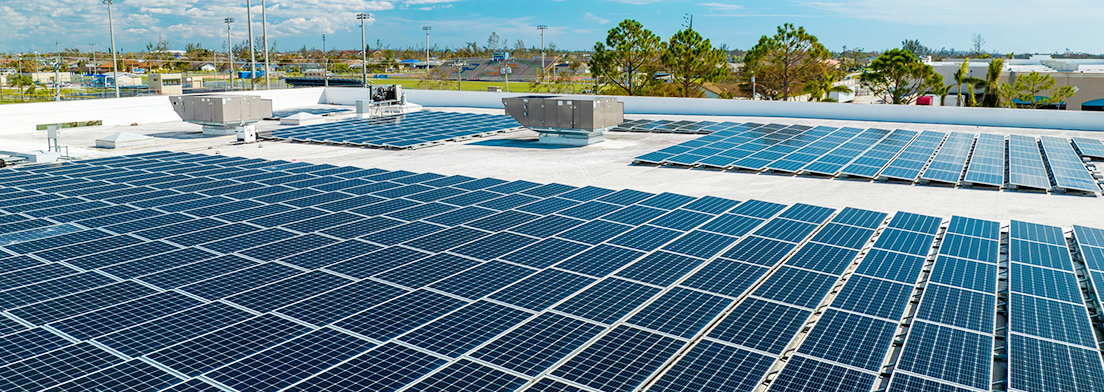Before proceeding with the installation of a ballast solar panel mounting system, it is essential to evaluate whether your home is suitable for solar panel installation. Several critical factors will help determine the feasibility and efficiency of a solar power system on your rooftop.
The effectiveness of a solar energy system depends significantly on the geographical and environmental conditions surrounding your home. Consider the following:
Sunlight Exposure: Ensure your roof receives sufficient direct sunlight throughout the day. Tall buildings, trees, or other obstructions can cast shadows that reduce the efficiency of your solar panels.
Roof Orientation: The orientation of your roof plays a crucial role in energy production. Ideally, in the Northern Hemisphere, solar panels should be installed facing south for optimal sunlight exposure. In the Southern Hemisphere, panels should be directed north.
Local Climate Conditions: Certain regions experience more cloudy or rainy days, which may impact energy generation. While solar panels can still function in such conditions, their efficiency may be reduced.

The tilt angle of your solar panels significantly affects energy absorption. Consider these key aspects:
Optimal Angle: The most effective panel tilt angle typically falls between 30-45 degrees, depending on your geographic location and latitude.
Maximizing Solar Absorption: Panels should be installed at an angle that allows them to receive maximum sunlight exposure throughout the year. A solar panel angle calculator can help determine the most efficient tilt for your region.
Seasonal Adjustments: Some solar systems allow for angle adjustments to optimize energy generation in different seasons. Fixed-angle systems may require precise initial positioning to ensure year-round efficiency.
The condition of your roof is a vital factor in determining whether it can support a ballast solar mounting system for the long term. Key considerations include:
Structural Integrity: Since solar panels typically have a lifespan of 25-30 years, your roof must be in good condition before installation. If your roof is nearing the end of its lifespan, it is advisable to replace or reinforce it beforehand.
Roofing Material: Some roofing materials are more compatible with ballast solar mounting systems than others. Flat or low-slope roofs with surfaces such as concrete, bitumen, or EPDM membranes are well-suited for ballast systems.
Future Roof Replacement: If you plan to replace your roof within a few years, it is best to complete that project before installing solar panels to avoid additional costs associated with panel removal and reinstallation.
Before installing a ballast-mounted solar system, it is essential to verify whether your roof can support the additional weight. Consider the following factors:
Weight Considerations: Solar panels generally weigh between 2.5-2.7 pounds per square foot. While this may not seem significant, the cumulative weight across a large installation can exert considerable stress on the roof structure.
Structural Evaluation: It is highly recommended to consult a structural engineer or a solar installation expert to conduct a thorough assessment of your roof's load-bearing capacity. This evaluation ensures that your roof complies with safety standards and can withstand the added weight over the long term.
Wind and Weather Conditions: Ballast-mounted systems rely on weight to hold panels in place rather than direct roof penetration. In areas with strong winds or extreme weather conditions, additional anchoring mechanisms may be necessary to prevent displacement.
Installing a ballast solar panel mounting system can be an excellent investment, but it requires careful evaluation of your home’s location, roof orientation, structural condition, and load-bearing capacity. Ensuring your roof is structurally sound, well-positioned, and capable of supporting the system will maximize efficiency and longevity while preventing potential safety issues. Consulting with professional solar installers and structural engineers is the best approach to ensure a successful and secure installation.

 Xiamen TopFence Co.,Ltd.
Xiamen TopFence Co.,Ltd. No. 77, LingXia South Road, Huli District, Xiamen City, Fujian, China
No. 77, LingXia South Road, Huli District, Xiamen City, Fujian, China Tel: +8613365923720
Tel: +8613365923720
 Email: info@xmtopfence.com
Email: info@xmtopfence.com
 IPv6 network supported Sitemap
| XML
| Blog
| Privacy Policy
IPv6 network supported Sitemap
| XML
| Blog
| Privacy Policy


